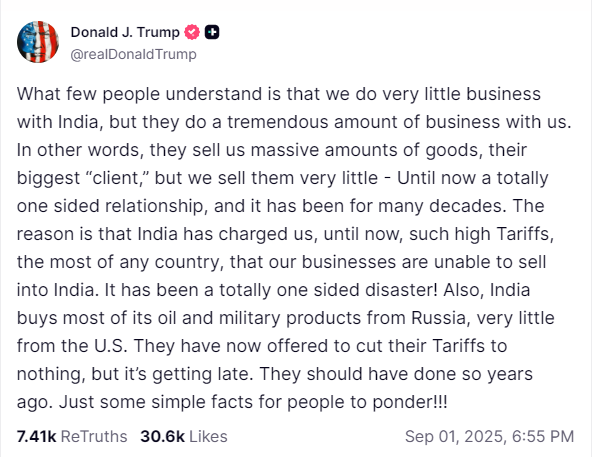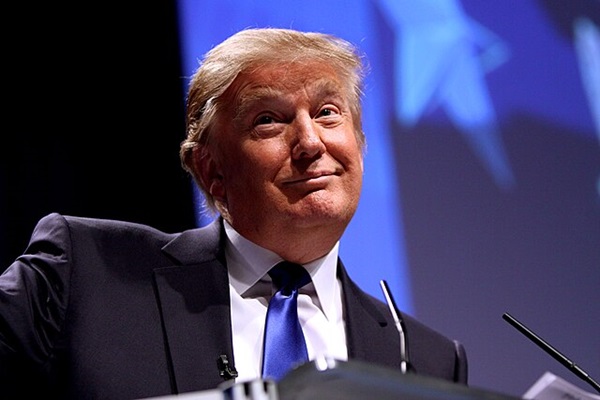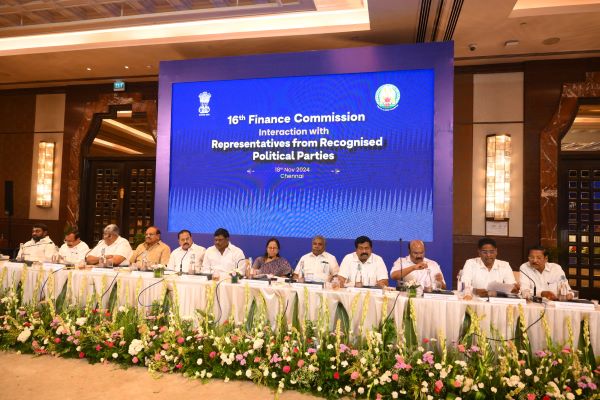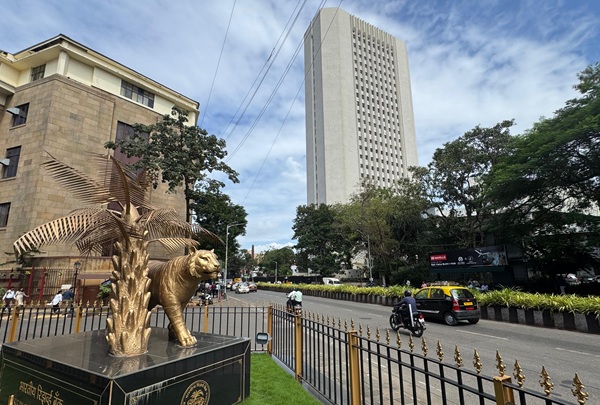.png)

Ajay Srivastava, founder of Global Trade Research Initiative, is an ex-Indian Trade Service officer with expertise in WTO and FTA negotiations.
September 2, 2025 at 6:15 AM IST
On September 1, Donald Trump took to Truth Social once again to air his grievances against India, claiming that the US does very little business with New Delhi while India does a “tremendous amount” of business with Washington.
He labelled the trade relationship “one-sided,” accused India of imposing the world’s highest tariffs, argued that this imbalance has persisted for decades, and even criticised India for purchasing oil and military equipment from Russia instead of the US.

The facts, however, tell a very different story.
When the full balance sheet is considered, the US actually earns far more from India than India does from America. While the US has a trade deficit of $45 billion with India, once all commercial earnings are counted, America runs a healthy $35–40 billion surplus with India.
The sources of this income are diverse and massive: American technology giants such as Google, Meta, Amazon, Apple, and Microsoft take home $15–20 billion annually from India’s digital economy; McDonalds, Coca cola and hundred other US firms earn over $ 15 billion from Indian operations, Wall Street banks and global consultancies earn $10–15 billion in fees; Global Capability Centers of Walmart, IBM, Dell, and others generate another $15–20 billion booked in the U.S.; and billions more flow through pharmaceutical patents, Hollywood movies, streaming subscriptions, and defense contracts.
On top of that, Indian students in US universities contribute over $25 billion each year to tuition and local communities. Far from being shortchanged, it is America that profits handsomely from its economic engagement with India.
On tariffs too, Trump’s charge misses the mark. While both governments are maintaining silence on the ongoing trade negotiations, it is understood that India has offered a sweeping concession: eliminating duties on all industrial goods and on select farm items such as almonds and apples. Since these cover more than 95% of US exports to India, Washington would enjoy virtually tariff-free access to the Indian market — hardly the one-sided equation Trump portrays.
As for Trump’s claim of a long-standing imbalance, no trade relationship is ever fully one-sided, and India’s openness has expanded steadily over the decades. And the past cannot be “undone”. On Russia too, India’s oil and defense purchases are driven by its sovereign right to act in its own national interest. New Delhi is not a vassal of Washington but an independent power pursuing a balanced foreign policy.
Many observers believe Trump’s frequent outburst against India is less about trade and more about his wounded ego. They recall that India’s clear rebuttal of his exaggerated claims of having played a role in peace between India and Pakistan may have stung his ego, particularly when he was hoping such claims could bolster his case for a Nobel Peace Prize.




